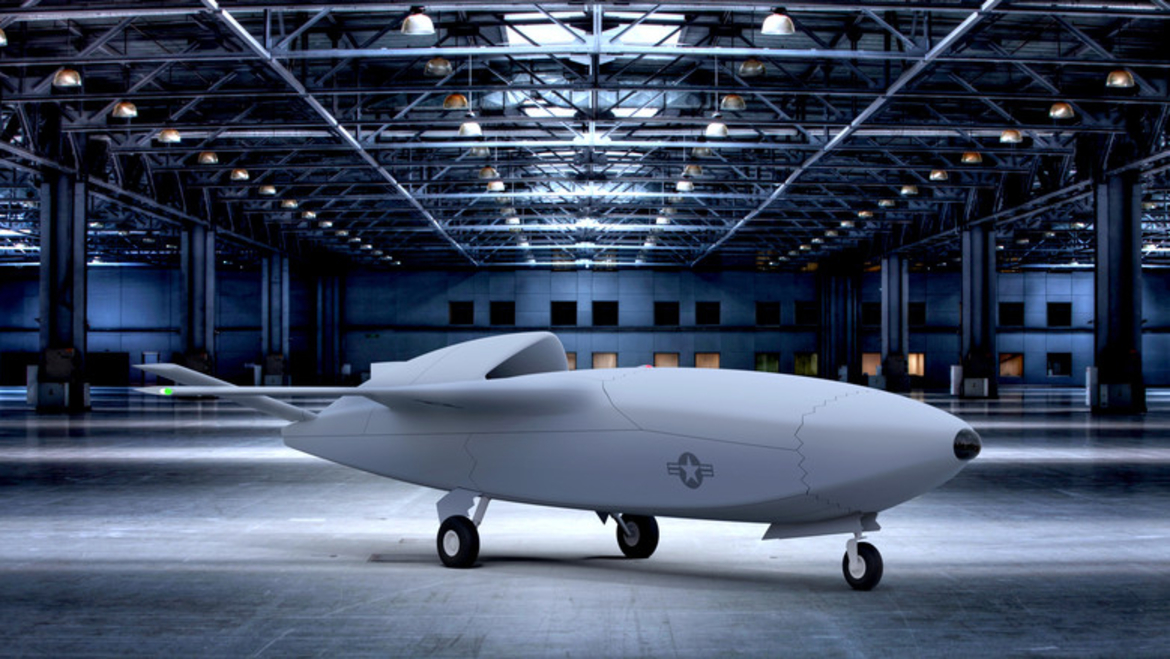The US Air Force has launched a competition to design coordination software for its planned fleet of loyal wingman unmanned aerial vehicles. The competition, called “Skyborg”, kicked off on 15 May.
To continue reading the rest of this article, please log in.
Create free account to get unlimited news articles and more!
“The intent of Skyborg is to integrate an autonomy mission system core and suite of services, [which are to be] developed under a separate Skyborg System Design Agent program, with multiple low-cost air vehicle systems, each designed to perform one or more mission types,” said a USAF spokesman. “The Skyborg core will be a best-of-breed combination of industry and government solutions.”
The official request for proposals was released to the public on 15 May, outlining the indefinite delivery/quantity contracts (worth roughly US$400 million each) to be made out to each awardee.
The USAF seeks technical and financial estimations from source companies by 15 June, and says that it intends to award multiple contracts.
Skyborg would leverage AI systems to control the flight path, weapons and sensors of large numbers of UAVs.
The US Air Force Research Laboratory is spearheading development of budget, automated loyal wingman UAVs through its Low Cost Attritable Strike Demonstration program. That effort has produced the Kratos Defense & Security Solutions XQ-58A Valkyrie, a UAV that has completed several demonstration flights.
Boeing and the Royal Australian Air Force have also worked together to develop a loyal wingman called the Airpower Teaming System. That UAV’s first flight is expected later this year.
The UAVs are to have modular hardware and software payloads that use a common Skyborg autonomy mission system and enable manned and unmanned teaming. The USAF also advocates for the use of the modularity to quickly plug and play software and hardware changes that would be needed to defeat new threats from near-peer militaries, such as China or Russia.
“Low-cost unmanned vehicles are envisioned to augment high-end manned systems through a series of next-generation UAVs that are affordable, effective, quickly designed and produced,” said a spokesman for the service. “In order to be truly affordable, acquisition, operation and maintenance costs would need to be correspondingly very low as compared to current tactical aircraft. There will also be a large need to offer a short development cycle so that variants could rapidly be procured as needed.”
The USAF previously outlined plans to acquire a Skyborg-controlled UAV network, reaching operational capability as early as 2023.

 Login
Login







